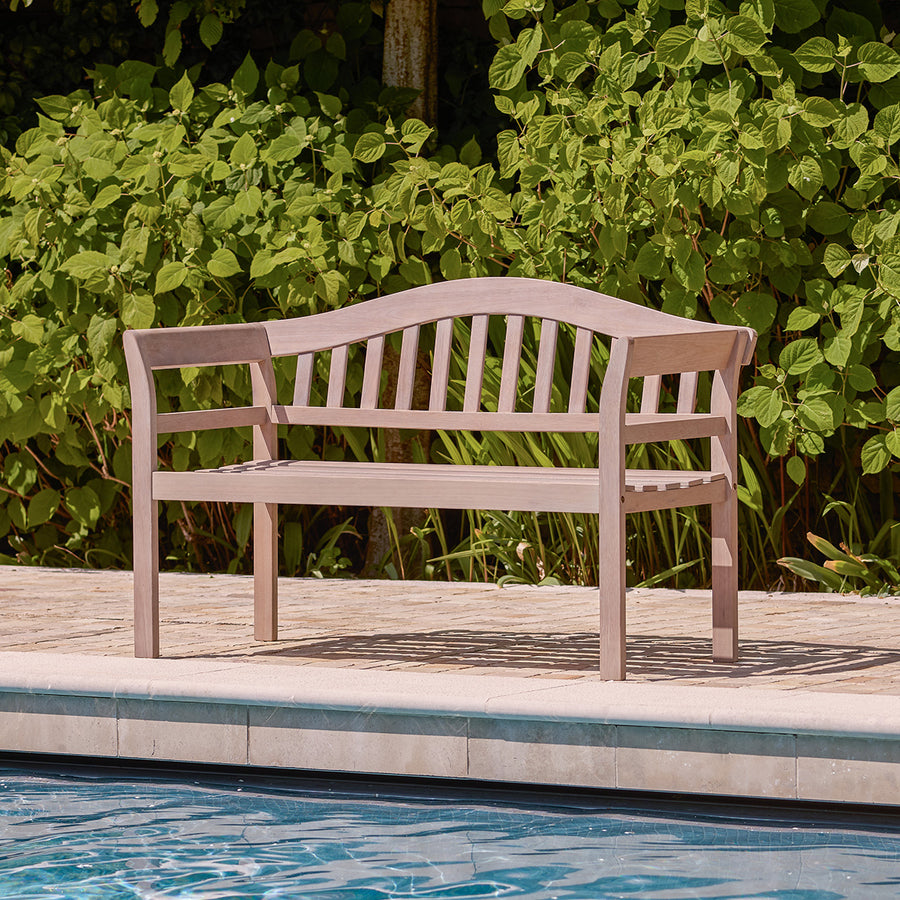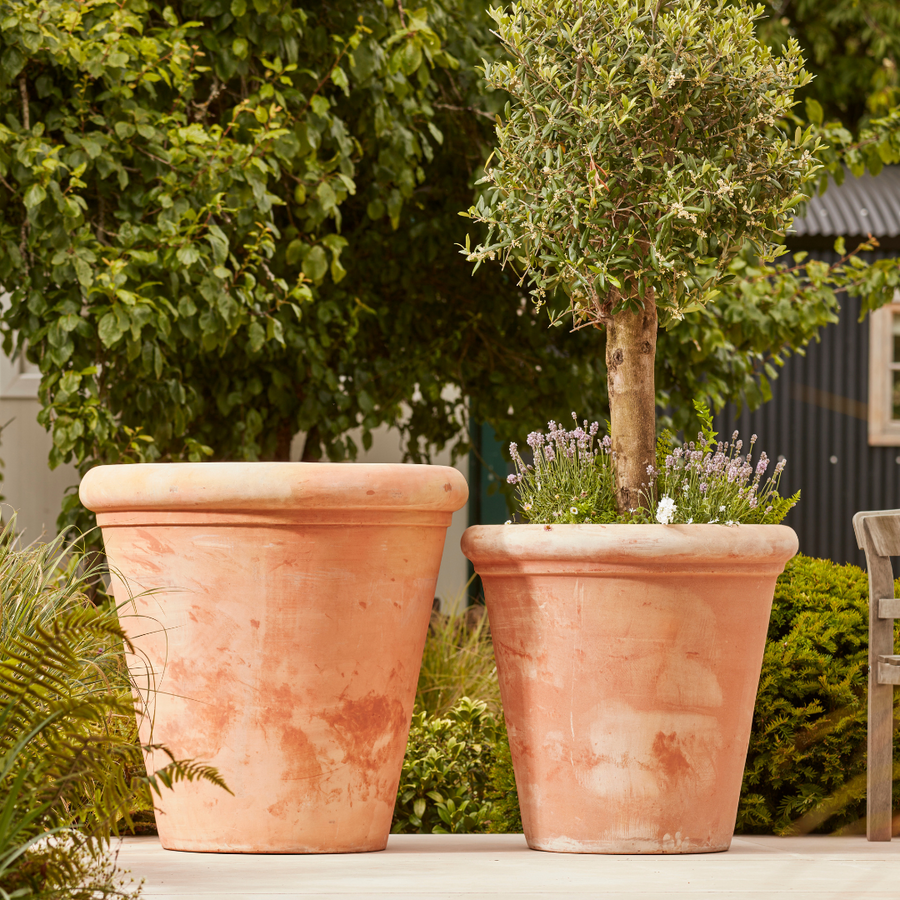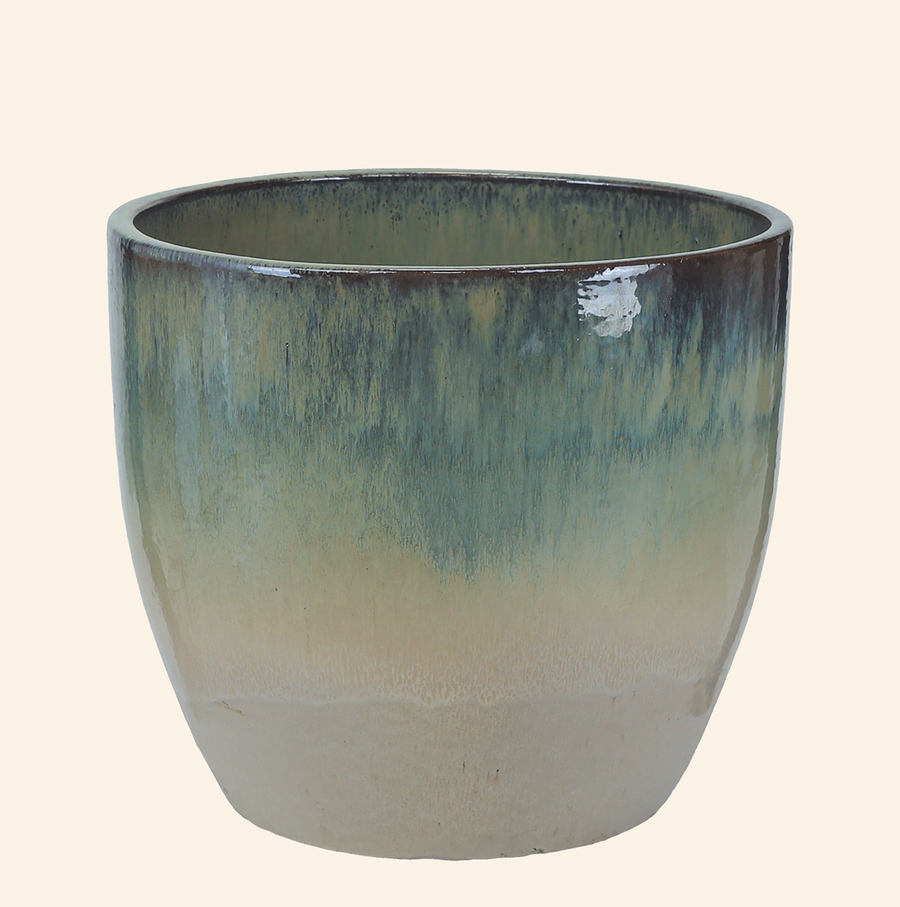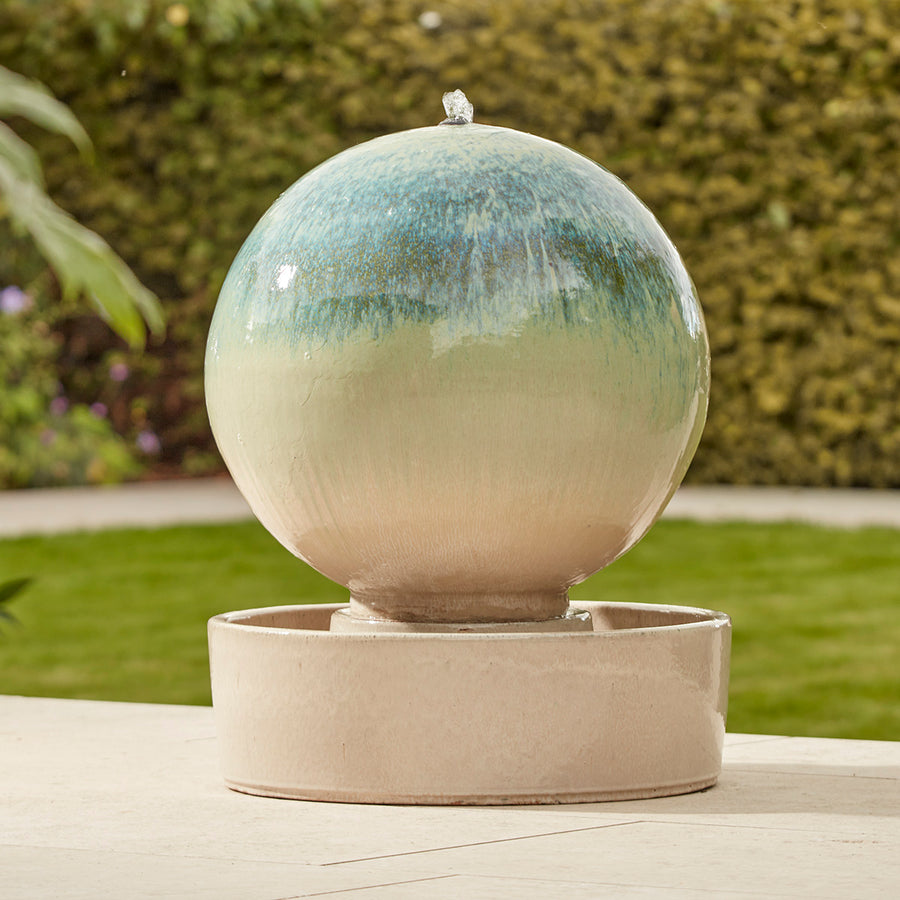How to harvest seeds from your garden
As we enter autumn in the garden, it’s time to start planning for next season and what you plan to nurture in your borders, containers or plots. It is easy to harvest seed and you can collect from a whole range of plants such as shrubs, annuals, perennial, trees, plus herbs and vegetables.
Collecting and growing seed is a cheap and enjoyable way to get new plants and continue to grow the blooms that you love.
When to harvest
Collect your seeds just before the plant is about to shed them. As the plant begins to dry and the heads turn brown, the seeds will be ripening in their pods, berries or capsules. It’s a good idea to collect seeds when the weather is dry so the seeds don’t come into contact with any excess moisture. Wear protective gloves around plants that could be poisonous.

Harvesting
Flowers
Place a bag over the top of a flower head and cut the stem. Each head is full of seeds which, when ready to harvest, will fall out when you rub them. Collect these in a bag then leave them to dry on a paper towel. Keep the bags in a cool, dry place until you’re ready to plant them.
Popular blooms to collect seeds from include:
- Cosmos,
- Aquilegia
- Poppies
- Zinnia
- Sunflower
- Nasturtium
- Hollyhock

Some flowers form pods after the blooms fade, which is where the seeds are located. These pods can come in many different shapes and sizes and include sweet peas and Crocosmia, so you can grow your own divine smelling plants the following year.
Trees and shrubs
Berries on trees and shrubs like holly are usually ripe for seed harvesting when birds or squirrels start to eat them. Collect the berries before squashing them in a sieve and washing their coating away with water, before drying.
Seeds that come from trees can be collected when they fall naturally, or picked from the tree when ripe. These include:
- Cones (pine)
- Acorns (oak)
- Conkers (horse chestnut)
- Winged seed (acer, sycamore)

Vegetables and fruit
Let your vegetables develop until they are fully mature or herbs that have flowered. Then, when harvested, you can collect the seeds and dry them about 15 days after picking.
Examples of vegetables you can grow from your seed harvest:
- Cucumbers
- Peppers
- Aubergine
- Squash
- Lettuce
- Basil
- Parsley
- Beans
- Peas
- Tomatoes
- Melons
- Pumpkins

Storing
Learning how to dry seeds involves allowing the ideal amount of moisture to evaporate from the seed without it becoming too dry. Cleaning your seeds with a solution of water and vinegar and dry thoroughly in the open air.
Place them in an envelope or paper bag. Finally, store them in a cool, well-aerated place, away from the light and label. With our guide, you will be able to harvest your late summer seeds get a jump-start on next season.
Seeds collected from garden plants may not produce seedlings identical to the parent plant, as they are open pollinated by the wind or insects.
























